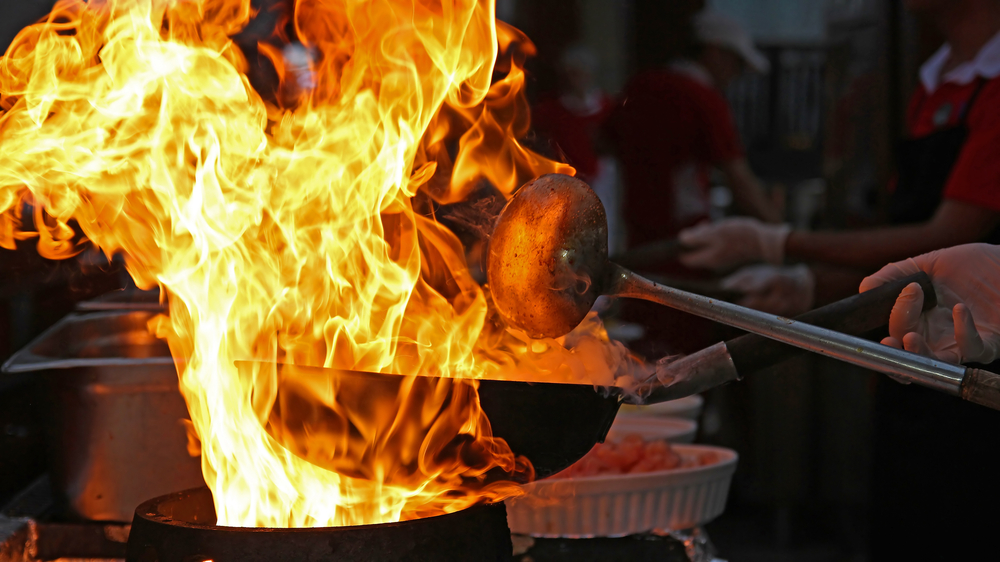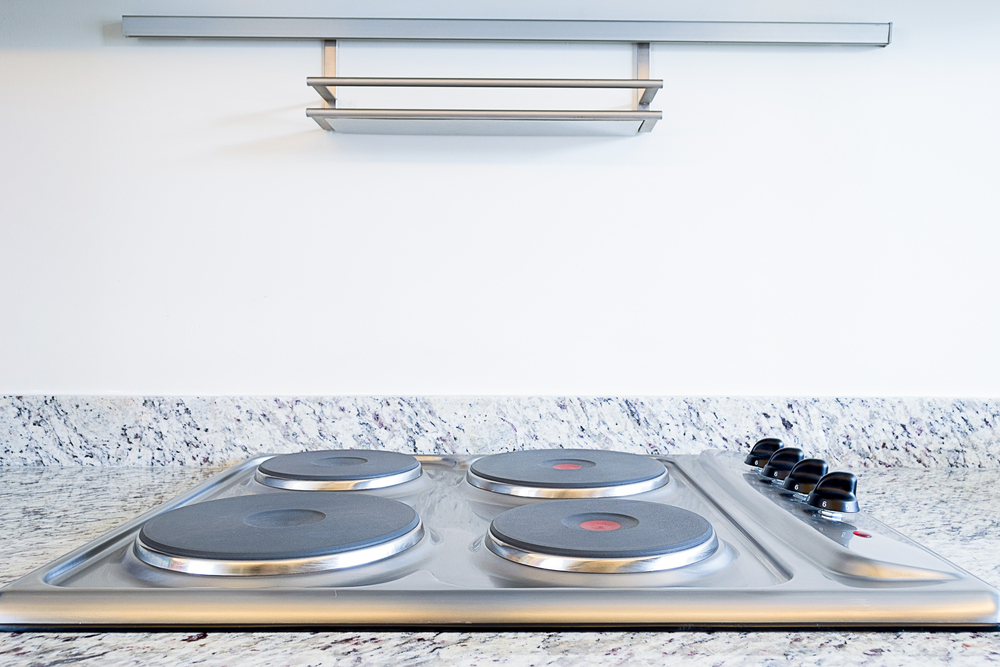New Technology to Control Kitchen Fires

Technology to combat kitchen fires on the way to becoming standard on electric stovetops
Home sensory technology that can tell a resident it’s time to get a new carton of milk is chalking up one for property owners in the form of kitchen fire prevention.
Future new electric stovetops will be able to tell if cookware contents are about to go up in flames and shut off burners. The appliance industry and fire prevention officials are close to implementing a newly adopted standard that will require all new electric stovetops to shut off before cookware contents reach ignition temperatures associated with common cooking oils.
Similar shutoffs that can be retrofitted to most stovetops are available, but this is a first to require newly manufactured units to have them. Other products that use motion sensors to turn off unattended stoves can also be added on, although none come with new stovetops.
It’s a huge breakthrough, says Kathleen H. Almand, vice president of research for the National Fire Protection Association (NFPA).
Research conducted by NFPA’s Fire Protection Research Foundation and funded by the National Institute of Standards and Technology and in conjunction with the appliance industry and the Consumer Product Safety Commission (CPSC) has resulted in the development of a built-in sensor that will shut off burners just before grease catches on fire. The sensor will be standard hardware on new stovetops soon, she said.
Cooking-related fires are a No. 1 cause of U.S. fire loss, according to NFPA. Based on 2007-2011 annual averages, two-thirds of home cooking fires started when food or cooking materials ignited. Unattended cooking was the leading contributing factor in these fires, which led to $853 million in direct property damage per year.
No date has been set for the new standard, recently approved by Underwriters Laboratories (UL), to go into effect.

Sensor developed based on types of cooking oils, pans and pan size
The adoption of the standard comes after more than five years of research to find a solution to prevent cooking fires without impinging upon cooking performance demanded by consumers, Almand said. Beginning in 2010, NFPA’s Fire Protection Research Foundation reviewed the potential effectiveness of various technologies that could prevent fires.
“We initiated this project with NIST funding to explore what the parameters would be for burner shutoff technology,” she said. “In others words, you couldn’t shut off a burner too early because you wouldn’t be able to cook anything.”
NFPA worked closely with the cooking, appliance and insurance industries as well as NIST and CPSC. A number of factors were mixed in including types of cooking oils, pans and pan size to determine the burner shutoff moment. The research project won the 2015 best project medal from the Fire Protection Research Foundation.
“In the meantime, the appliance industry was working side-by-side with us, and individual companies began to develop this proprietary technology,” Almand said. “It’s a very synergistic kind of effort.”
The research simmered in October when the Association of Home Appliance Manufacturers (AHAM) announced a plan to help reduce the potential for unattended cooking fires that would maintain cooking performance expectations for consumers.

Existing retrofit technology propels industry to upgrade new stovetops
Retrofits won’t be required for the more than 100 million existing ranges and cooktops estimated by AHAM to be in use today. Only electric coil cooktops will be subject to the standard. The industry is studying applications for radiant glass ceramic, induction, and gas cooktops and ranges.
Pioneering Technologies manufactures electric coil stovetop fire prevention technology that until recently has only be available to multi-residential commercial customers. In May at the National Hardware Show in Las Vegas, the company rolled out its new SmartBurner, a plug-and-play consumer version of its Safe-T-Element temperature limiting control device. Unlike the Safe-T-Element which has to be hardwired into the stovetop, the SmartBurner is advertised as a product that can be installed by anyone.
Almand says the appliance industry has never been in favor of retrofits but credits existing fire prevention sensory applications for stimulating the development and broad adoption of integrating sensors into new burners.
“The fact the retrofit technology appeared on the market was further stimulus (to the appliance industry) to further work on having the technology integrated into the cooktop itself,” she said. “That is their preferred approach."







